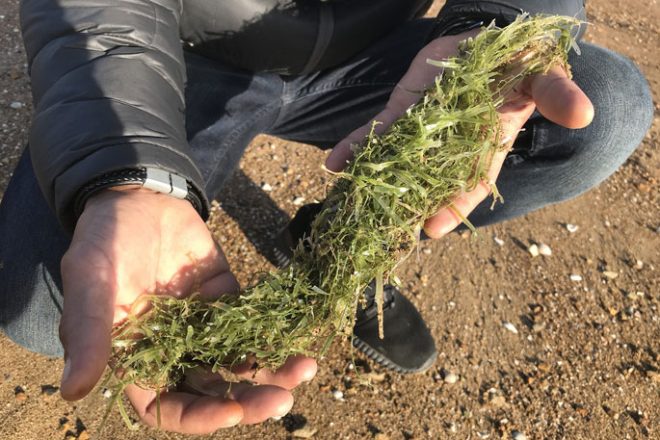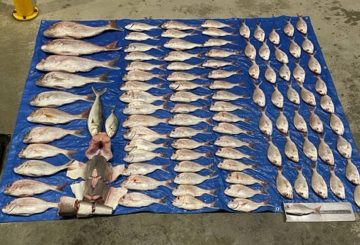ニュージーランドの人口の半数以上を占める北島の7つの議会は、ベイ・オブ・アイランズで最近発見された世界最悪の侵入性海藻害虫の1つに、より多くの資金と支援を政府に呼びかけています。
ノースランド、ファンガレイ、オークランド、ベイ・オブ・プレンティ、ワイカト地方、ハミルトン、タウランガの各議会は、外来海藻の「足と口」を食い止めるために、政府からより多くの資金と支援を求めています。
これら7つの議会は、ニュージーランドを代表するアッパー・ノース・アイランド・ストラテジック・アライアンスを結成しています。これらを合わせると、国のGDPの半分以上を占めています。
ニュージーランドの船舶の70%以上がアライアンスの海岸線沿いにあります。
ノースランド地域評議会のバイオセキュリティ作業部会議長のジェフ・クロフォード氏は、ベイ・オブ・アイランズの新たな発見の整理には、まず少なくとも1億ドルが必要だと述べています。
本土のカウレルパは、5月3日にニュージーランド本土のオマキウィ入り江でマナフェヌアによって初めて発見されました。
一次産業省と地元のマナ・フェヌアは、先週16ヘクタールの雑草が確認されたオマキウィ周辺での停泊とカイモアナ採集の禁止開始まであと数日です。
クロフォード氏によると、ベイ・オブ・アイランズの害虫に関しては、根絶が依然としてNRCの主な焦点となっているという。
5月31日に予定されているテ・ラウヒティ・マラエ湾のカウレルパ・フイに続く1週間で、NRCとNIWAのダイバーが緊急に調査した場所のほぼ20パーセントで侵入種のスーパースプレッダー海藻が発見されました。
クレジット:sunlive.co.nz





























































